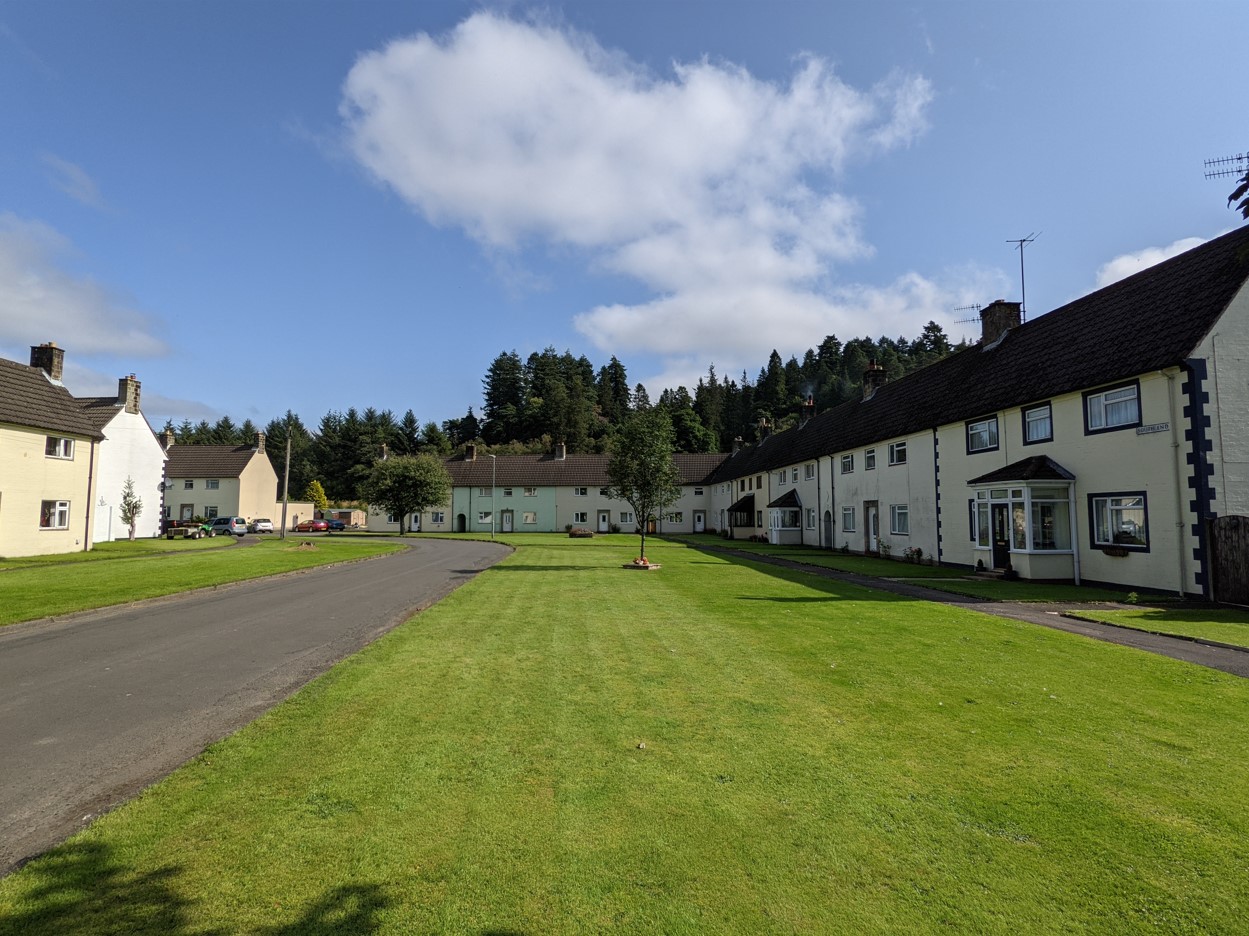
Saturday 5th December 2009 presented a rare opportunity to visit the Convoys Wharf site in Deptford and a small group of us took a stroll around this huge site. Site owners Hutchison Whampoa are intending to amend the current planning application in January 2010 and Saturday was a chance to see the new proposals. Contrary to what some people believe the previous proposals were never formally approved and no Planning Permission was ever granted.
Henry VII originally purchased the site in the late 15th century and his son Henry VIII opened his Royal Dockyard there in 1513. Construction of vessels for the Royal Navy continued until 1869 and then from 1871 until the First World War it was the location for the City Corporation's Foreign Cattle Market. Over 4 million live sheep and cattle were landed and slaughtered on site.
After the war the site lay unused until a director of the News of the World leased part of the site for importing newsprint in 1923. The entire site eventually came into the ownership of News International who continued to import paper until early 2000. News sold the site last year to Hutchison Whampoa for approximately half the price that had been agreed in 2005.
The exhibition and tours take place again on Tuesday 8th December between 2.00 - 8.00pm. Go to the north end of New King Street. Before or after the tour you can stop for a pint or two at the Dog and Bell in Prince Street near the corner with Watergate Street.































